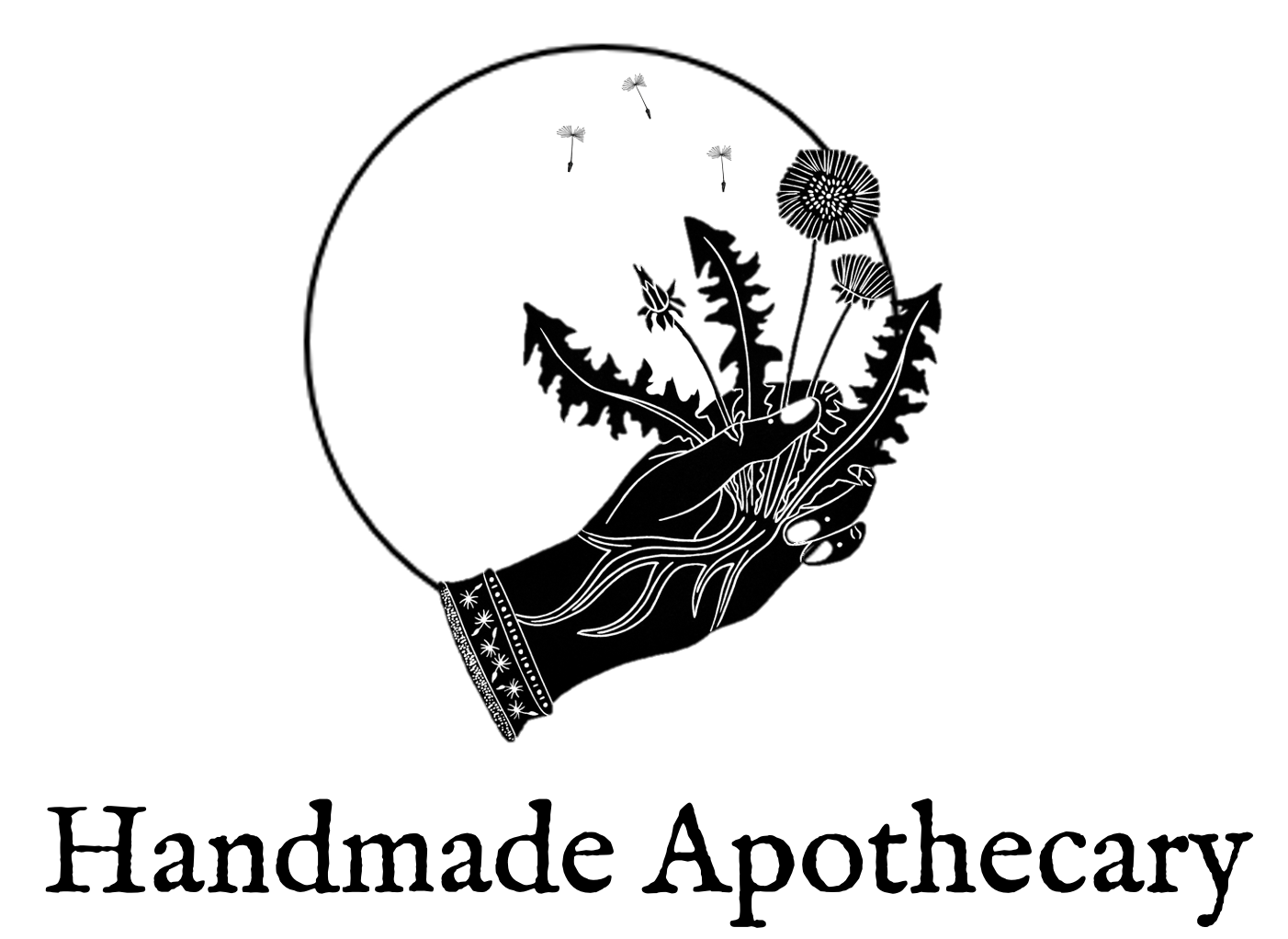Edible flowers are some of the first wild foods to pop up in the wild after the long winter. While they aren’t particularly high in calorific value (for you die-hard survivalist foragers out there!), they do add delicious, unusual flavours and colours to various dishes. Plus they are rarely found in the supermarket and many are high in phytonutrients and medicinal properties.
Sweet and dog violets (Viola odorata, V. canina)
Violet and friend
Both of these types of violet add a beautiful colour to salads and dishes but as the name suggests, the sweet version are much more aromatic - Parma violet sweets are a poor synthetic alternative. Violets have been used in food and medicine for centuries. Their repertoire ranging from cough syrups to topical applications for skin conditions. The ancient Greeks and Romans designated them the flowers of love. They were also used to lift the mood – perhaps because because of their bright appearance and sweet aroma. Our favourite recommendation for their use is from ‘The diary of a Farmer’s Wife – 1796-7’ Who recommends that violet pudding is the best treatment for a grumpy husband! Try them fresh on cakes and in salads or if youre feeling adventurous try crystallising them (Recipe here).
Wild Leek Flowers (Allium triquetrum)
Wild leek/three-cornered leek
These are one of our favourite edible spring flowers. They have the most unusual but pleasant flavour – somewhere between cucumber and sweet spring onions. We can get enough of them! They are quite invasive in the UK so chances are you have come across them without even noticing. They resemble white bluebells so be sure you have identified them properly – one way is to crush and smell them – if they smell like leeky, they are most probably wild leeks. Also keep a look out for wild garlic (Ransoms) flowers which are arranged in a beautiful globe shape – these taste like – you guessed it – garlic! Both make extremely tasty garnishes and pesto and retain their flavour when added to soups and stews in the last 5 minutes of cooking.
Dandelion Flowers (Taraxacum officinale )
Dandelion sunshine
The entire yellow flower of dandelions are edible – however the green calyx that hold the flowers together are quite bitter. We add just the petals to cakes and breads, soups and salads, just be sure not to try to dry them out first or you will end up with fluffy dandelion fairies.
Primroses and Cowslip (Primula vulgaris, P. veris)
Primroses
What could be prettier than a bowl full of primroses? They were used in folk medicine for cough syrups and beauty treatments to banish freckles. Cowslips and Primroses were once used by the bucket load in country wines. Today they can still be found along the edges of woodlands in numbers sufficient for a bowl-full. Plant them in shady areas in the garden and they will multiply by force over the years for a beautiful display every spring. Add them to salads or try them crystallised on cakes and cookies.
Magnolia (M. soulangeana, M. stellata, M. grandiflora)
Magnolia soulangeana
Spring's showiest yet most transient flower has to be the wonderful Magnolia. Magnolias were imported for their ornamental value from Asia and America in the 18th & 19th Centuries. The flowers however, have a wonderful fiery flavour and an unusual thick texture that adds a great feature to salads if hopped into slivers. You can also make great infused-vinegars with them to add to salad dressings. Try Robin Harford's recipe over at EatWeeds.






